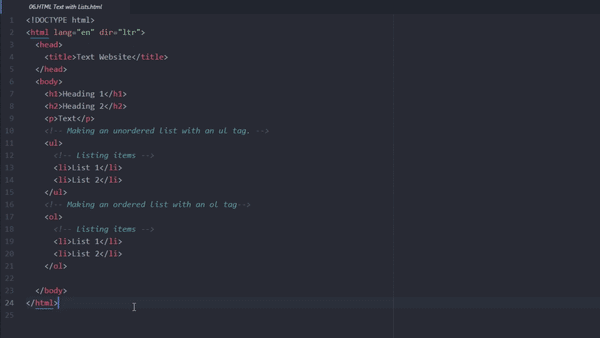Nice coding, @AF90!
Don’t worry. That’s normal, and to be expected, as some of these exercises are a real challenge. As long as you have a go yourself and do as much as you can based on your own ideas first, then comparing what you’ve done with others is exactly what you should be doing, and is a great way to learn.
Before looking at other people’s solutions you can also have a look at the hints (which you can display in the online course book by clicking below the exercise instructions).
You can also look at the model answer given in the course book. Try to work out how it achieves the desired result, and then maybe think about how you would have done it, which could well be different. You should also use this technique when looking at other students’ solutions.
By the way, did you intend to program FizzBuzz to start at 0 and finish at 99 (instead of 1 to 100)? That’s fine if you did — we want to encourage innovation  But if you meant to continue to 100, then have a think about the small amendment you can make to your code to fix this.
But if you meant to continue to 100, then have a think about the small amendment you can make to your code to fix this.
Keep up the great work! 







